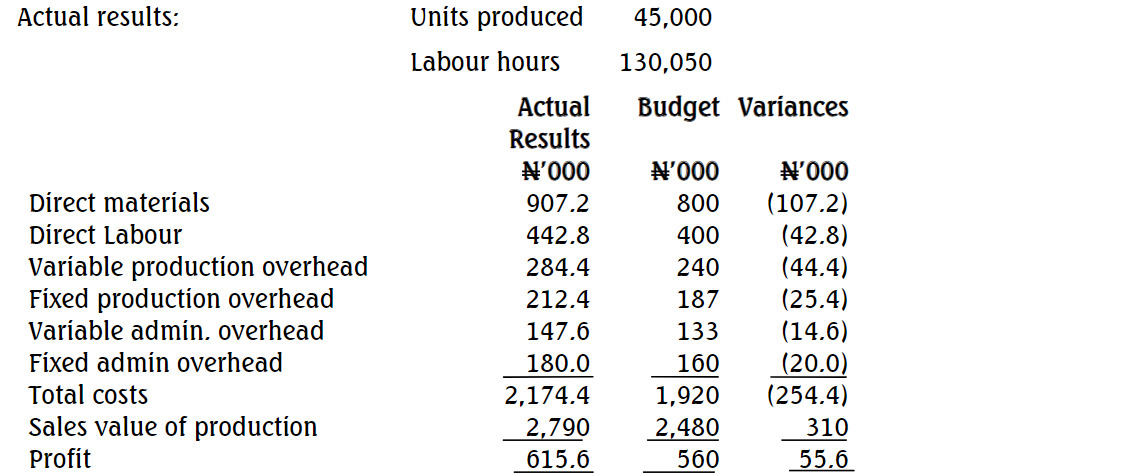- 10 Marks
MA – Nov 2024 – L2 – Q1a – Transfer Pricing
Explanation of three reasons why Kako PLC determines transfer pricing centrally.
Question
Kako PLC is a multinational company with production divisions trading in many countries across the globe. Trade takes place between a number of the divisions in different countries, with intermediate products being transferred between them. Where a transfer takes place between divisions trading in different countries, it is the policy of the board of the company to determine centrally the right transfer price without reference to the managers in the division.
Required:
i) Explain THREE possible reasons for Kako PLC to determine transfer prices of goods from the head office.
ii) Explain TWO criticisms of the central determination of transfer pricing.
Find Related Questions by Tags, levels, etc.
Report an error




